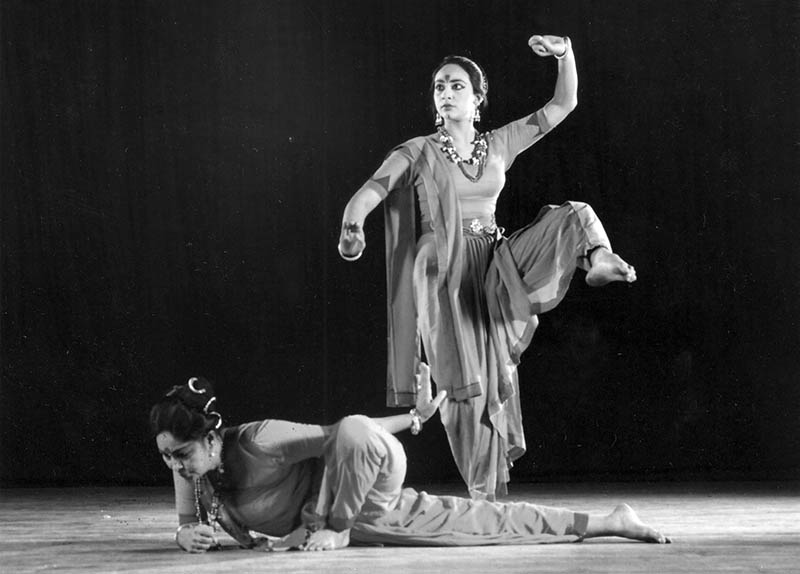Aishika Chakraborty




Grant Period: Over one year and six months
This grant will enable Aishika to explore the history of contemporary dance in Bengal seen through the perspectives of two remarkable women dancers, Manjusri Chaki Sircar and Ranjabati Sircar, who have given the dance landscape of the region intellectual richness and stylistic colour. Focussing on the socio-political and personal histories of the dancers, Aishika will explore their interventions in the practice as they drew from medieval inheritances, colonial legacies and postcolonial promises to create new languages for dance. Set against the backdrop of existing discourses on the history of performing arts in India, this project seeks to explore the prolix debates between the Contemporary and the Classical, re-invented at the crossroads of colonialism and post colonialism, tracing issues of gender, class and the idea of the nation.
Highlighting the splendid heterogeneity of their ideology and technique, Aishika will map distinct journeys of Manjusri and Ranjabati underlining their resemblance and difference in their personal-political choreographic statements. She will also explore the common legacies and distinctions between these two dance makers and other stalwarts like Chandralekha and Mallika Sarabhai. Aishika’s objective in this project is also to de-prioritise the hegemonic, patriarchal cultural politics that has formulated and fashioned a linear, sacrality drawn from the Natyashastra, and impersonated in the classical body of the ‘Indian dancer’ as signifiers of the Hindu nationalist tradition. She also intends to offset the set repertoire of the ‘commercial’ classical to bring to the fore the resistive choreographies of the twentieth century that voiced the concerns of feminism within their practice on stage.
Aishika insists on the Dancers’ Guild as a case study for two reasons: first, it is the most recent and fairly well documented of movements in contemporary practice; and second, her own deep association with the Guild and its artist legacy. As a performer in almost all of Manjusri’s productions for fifteen years, she will bring her personal memories of practice to recall Manjusri’s processes and unique methodology of training that pushed the dancers against their grain. As a context and background for studying the work of Manjusri and Ranjabati, Aishika will also look at the creation of Indian Dance by Tagore and Uday Shankar through the details of their conceptual frameworks, techniques, styles, training processes, pedagogy and presentation. This will give her the foundation for building her case for contemporary dance as imagined and practiced by Manjusri and Ranjabati making their indelible mark in the history of performing arts.
Aishika will interview her fellow dancers at the Dancers’ Guild as well as those that currently belong to the group to understand the connections between their lives and the art of dance. While the work done on Navanritya by Manjusri and Ranjabati will be treated as primary material for the project, she will also look at other materials by Amala Shankar on the work of Uday Shankar, Amita Sen and Rama Chakraborty on the dance of Tagore and Reba Raychaudhury on IPTA. She will read autobiographies, travelogues, diaries, dance notes, directors’ notes, sketches photographs, pictures, brochures and posters that she finds across archives and personal collections. For this Aishika will travel to Delhi, Ahmedabad, Shantiniketan, and Chennai to consult archival resources at the National Archives of India, Nehru Memorial Museum and Library, Sangeet Natak Akademi, and the Central Production Doordarshan. She will also interview scholars who are working in the field of performing arts in India.
This grant was made possible with support from the Sir Ratan Tata Trust (SRTT).
